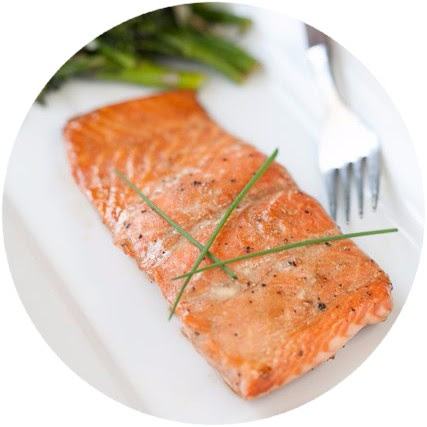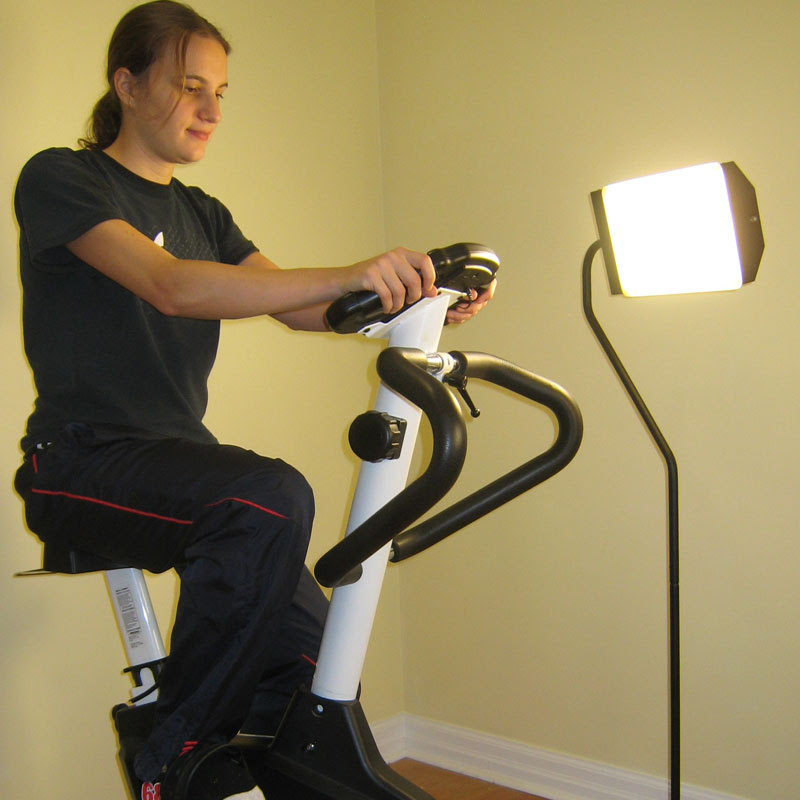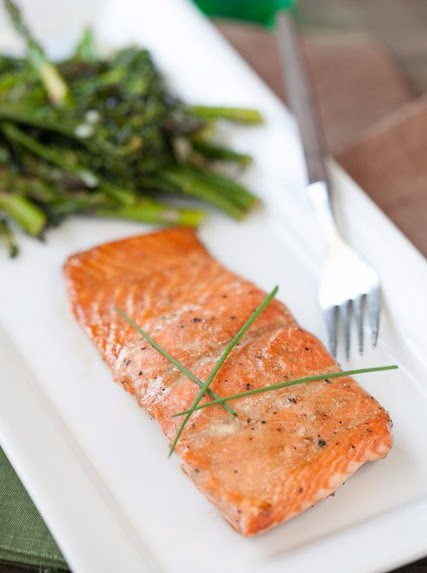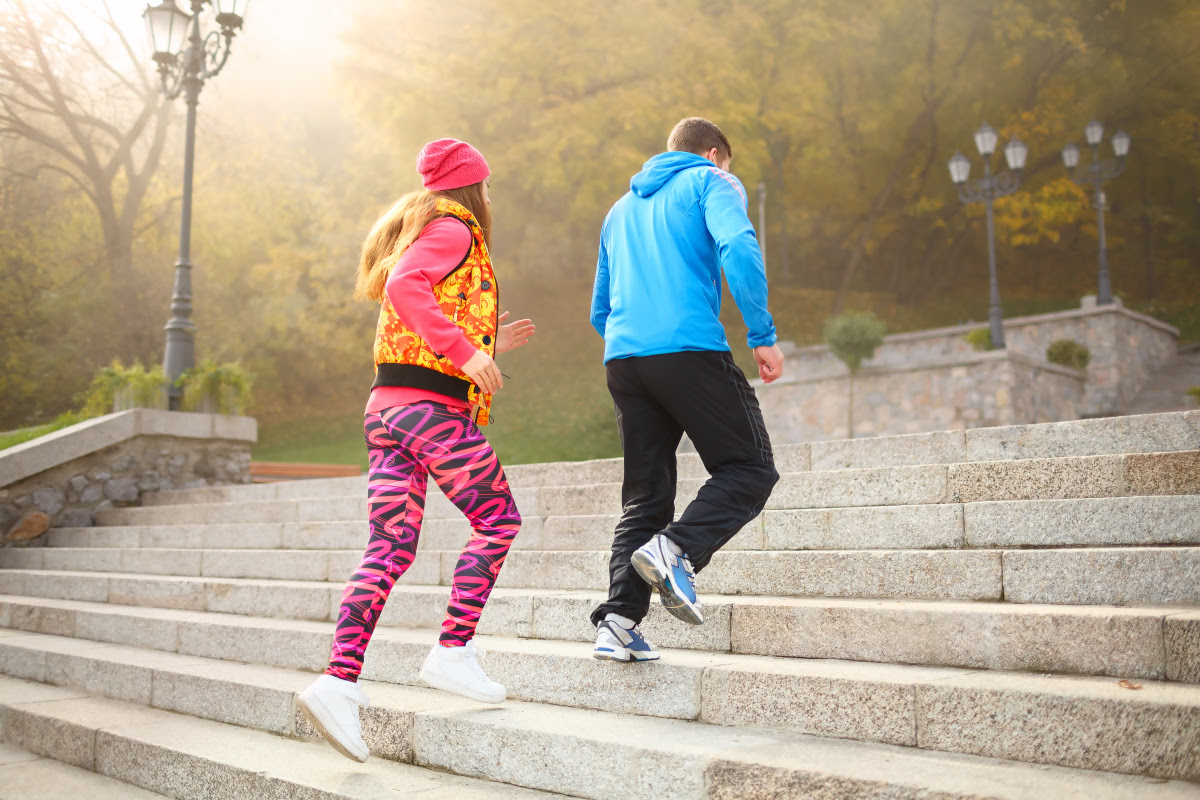
Hello!
In case you weren't expecting it, the fall snow has arrived. As a "glass half full" type of person, I'm excited that ski season has arrived in the first week of November, and that I will be on the slopes for the first time this weekend. Do you have lots of active winter plans? I would love to hear what they are.
Does your office organize active winter events? If not, here are some great active events that build team and company culture
- Family sledding or ice skating
- Pond Hockey tournament
- Ski trips (downhill or cross country)
- Volunteer "Snow Angels" to shovel sidewalks for seniors
- Snowshoeing
- Snowman building contest
- Many more
These ideas are designed to spur you to action, and enjoy all the amazing things that fall and winter have to offer. They don't have to cost a lot of money, but they do require some planning and promotion within the company. This is something we can help with, along with cultivating a culture of health, wellness, and happiness in your company.
On to the November newsletter. As always, we have lots of great content. This month we talk about hormone imbalance, and holiday survival plans. Please pass it on to your team so they can also benefit from the tips.
Also, later this month, we have a Project Zero Challenge starting. Check out the details in the newsletter.
Yours in Health,
Tim Borys
CEO FRESH!
Wellness Group


Seasonal Affective Disorder: What it is and What to do About it?
Fall and winter are exciting times… Unless you suffer from Seasonal Affective Disorder (SAD). If you struggle with winter depression, this time of year is not filled with joy and anticipation.
See Article Below

Asian Glazed Salmon with Roasted Broccolini and Asparagus
This meal can be on your table in 30 minutes, can be prepared quickly and use minimal dishes.
Check out the details below

Events
Coffee with Coach Seminar
(Stress & Adrenal Fatigue)
Nov 15th at Noon
Course: FMC1 - Primal Pattern AnalysisFunctional Movement Coaching for Fitness Professionals
When: Sunday Nov 19th, 2017 ( 8:30am – 5:30pm)
Where: The Glencoe Club (636 29 Ave SW, Calgary, AB T2S 0P1)
Course Fee: $299.00 (Bringing a friend? Contact me for a discount code)
Registration Link: http://bit.ly/FMC1-11-19-17
Questions: Email, or call 403.809.3235
More Info: www.teachmovement.com
Project Zero
(Starts Nov. 21st)
Holiday Survival Seminar
(Nov 29th @ Noon)
Email with questions,
or to RSVP for these events.
Seasonal Affective Disorder: What it is and What to do About it?

It’s that time of year again—a time of cool breezes, colored leaves and holiday preparation. Fall and winter are exciting times… Unless you suffer from Seasonal Affective Disorder (SAD). If you struggle with winter depression, this time of year is not filled with joy and anticipation. Instead, you probably feel like hiding under the covers until spring arrives in several months…
What is Seasonal Affective Disorder?
Everyone has the blues now and then. But SAD is a depressive state that occurs seasonally, year after year, usually in the fall and winter. If you suffer from SAD, you may feel perfectly normal during the spring and summer months, but starting around October or November, symptoms begin showing up.
Because this type of depression come and goes with the seasons, you may wonder if it is all in your head. It isn’t. This is a real condition and can have a devastating impact on your life.
Researchers still don’t know the exact cause of SAD, but there are some factors that seem to be involved, and they involve the decreased amount of sunlight that fall and winter bring.
- Melatonin: Melatonin is a hormone that impacts mood and sleep. As the seasons change, your melatonin levels can fluctuate and may cause feelings of depressions.
- Serotonin: When the amount of sunlight drops, so can your serotonin levels. Since this chemical helps you have feelings of well-being and happiness, not having enough of it can cause your mood to drop.
- Internal clock: Some scientists think that decreased sunlight disrupts your normal rhythms of wakefulness and sleepiness. The result is sad and depressed feelings.
What are the Symptoms of Seasonal Affective Disorder (SAD)?
SAD will often manifest itself as feelings of sadness or depression. You may feel as though you cannot get enough sleep—struggling to get out of the bed in the morning, feeling drowsy during the day and going to bed earlier than you usually do.
Your energy and concentration may also run low, and this can affect your productivity at work and at home. Of course, not having the energy to ‘get things done,’ only leads to frustration and more feelings of depression. You may also notice weight gain. Typically, SAD sufferers will crave foods high in carbohydrates and can gain between 9 and 30 pounds each year.
Finally, your social life may suffer. If you are depressed, you just won’t enjoy being around others as much as you used to. This can turn into social withdrawal which makes your feelings of depression and sadness even worse.
Now for the Good News – Ways to Combat Seasonal Affective Disorder (SAD)
If you think that you may be one of the millions of people who are affected by Seasonal Affective Disorder, you will be happy to know that you have many treatment options available. Try experimenting with different treatments until you find one or a combination that works for you:
- Light therapy: Up to 85% of winter depression sufferers are helped by simply sitting under a therapy light. The bright light stabilizes the out-of-balance chemicals in your body, helping you to feel less depressed and more like yourself. The best lights are those between 2,500 and 10,000 lux.
- Vitamin D3: Vitamin D is frequently referred to as “The Sunshine Vitamin” because your body produces it when exposed to sunlight. In fact, just 20-30 minutes of sunlight will produce 10,000 – 50,000 IUs of Vitamin D. Why is this important? Vitamin D is actually a hormone that has important roles in supporting a healthy heart, cellular replication, immune system, mood & mental health, muscles, blood sugar levels, and more!
- Exercise: Exercise is a powerful player in the fight against SAD. When you exercise, your body releases “feel good” chemicals called endorphins. These chemicals cause you to feel happy, confident and bring about a feeling of well-being. The elated feelings that endorphins bring are comparable to the feelings that morphine and heroin create. To release endorphins, you will need to sustain your workout for about 30 minutes.
- Dawn Simulators: Unlike the spring months, in which the light of dawn and dusk changes gradually, the winter months bring a much more abrupt change of light. This may be one of the aggravators of SAD. Try a dawn simulator. These appliances can be programmed, much like an alarm clock, to gradually brighten your room each morning before you wake up. Some SAD sufferers have had great success with dawn simulators.
You are not alone if you are beginning to feel depressed with the shortened days that we are experiencing. Experiment with some of the treatment options and especially start exercising. Before you know it, the days will begin lengthening out again!

Featured Quote

Asian Glazed Salmon with Roasted Broccolini and Asparagus
Serves 4

Ingredients
For the Salmon
- 4, 6-ounce fillets of salmon, boneless and skinless
- 3 TBSP coconut aminos
- 1 TBSP fish sauce
- ¼ tsp. ground ginger
- ¼ tsp. minced garlic
- Pinch of sea salt and fresh cracked pepper.
For the Vegetables
- 10 oz. broccolini, trimmed
- 10 oz. of asparagus, trimmed and cut into 2-inch pieces
- 2 TBSP coconut oil, melted
- 2 tsp. fresh lemon juice
- 3 garlic cloves, crushed
- ¼ teaspoon sea salt
- Pinch cracked black pepper
Directions
For the Salmon
Preheat oven to 400° F. Combine the aminos, fish sauce, ginger, garlic, salt and pepper in a small bowl. Place the salmon in a baking dish and pour the marinade over the fish. Roast in the oven for 15-20 minutes until flaky, basting the fish every 5 minutes.
For the Vegetables
Preheat oven to 400° F. Toss all ingredients together in a bowl. Spread the vegetables on a baking sheet and roast for 15-18 minutes stirring once.
Note: You can roast the vegetables at the same time as the salmon to expedite the process.
Original Recipe from Against All Grain
Tip of the Week: Exercising in the Winter
What you can do to get out from under your covers and stay safe in and out of the gym during the cold months.
#1 Warm It Up. You have to get your body warmed up before getting down to business. Spend some extra time getting your limbs limber. Walk for a couple of minutes extra and allow your body to tell you when it's ready to move faster. This is particularly important if you're going to be exercising outdoors. Keep your body as warm as possible at every point in your workout. By dressing in layers, you can do just this. Which makes it easier to warm up before working out.
#2 Choose Wisely. The winter months can be most difficult to maintain an exercise regimen. You'll need to pick your exercises with care. Be sure to stay moving if you choose to exercise outdoors. Have a hard time forcing yourself to work out in the outdoors? The first place you should turn is your gym. When the gym isn't easy to access, you don't have to skip exercising. Get to your local mall for a walk or pop in an exercise video and get in some exercise at home.
#3 After You're Done. Following a good workout, your body should be plenty warm. But don't let that warmth fool you into a false sense of security. Protect your body temperature by bundling up after working out prior to going outside. If your exercise took place outside, don't allow your body to cool down outside. To stay safe, get inside as soon as your routine is over. Following a shower, dress yourself warmly in order to retain your heat and stay warm throughout the day.
#4 Drink It Up. In order to avoid becoming dehydrated before, during, and after your routine, you'll need to keep a constant flow of liquids going into your system. Drink a glass of water before your routine. As you exercise, keep some water nearby to sip on. And when you're finished exercising, drink even more. By doing this, you'll protect yourself from the same risks that are present during warm-weather workouts.



FRESH! Wellness Group 18th Floor 734-7th Avenue SW Calgary, Alberta T2P 3P8 Canada (403) 217-2730